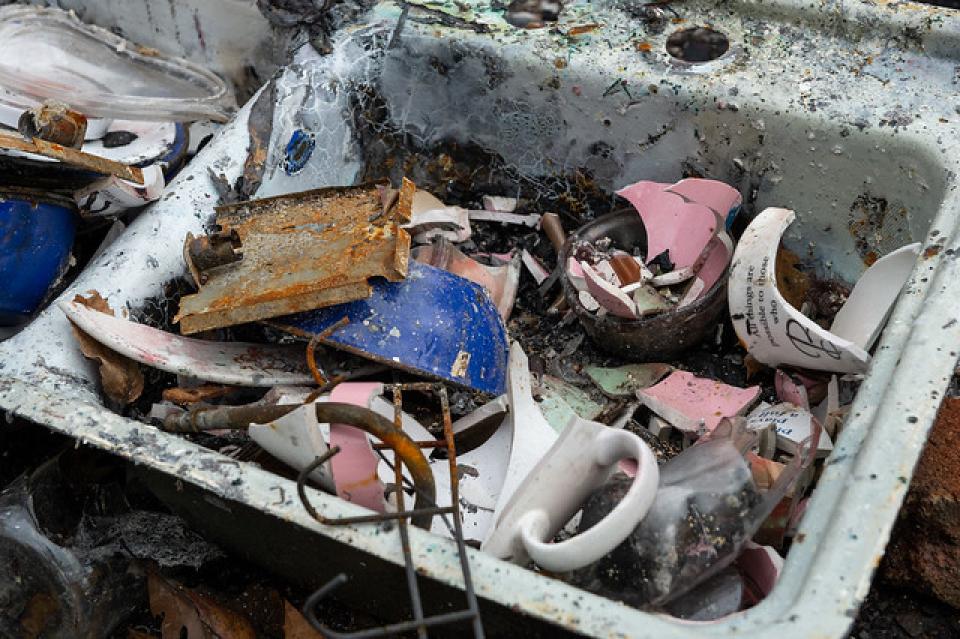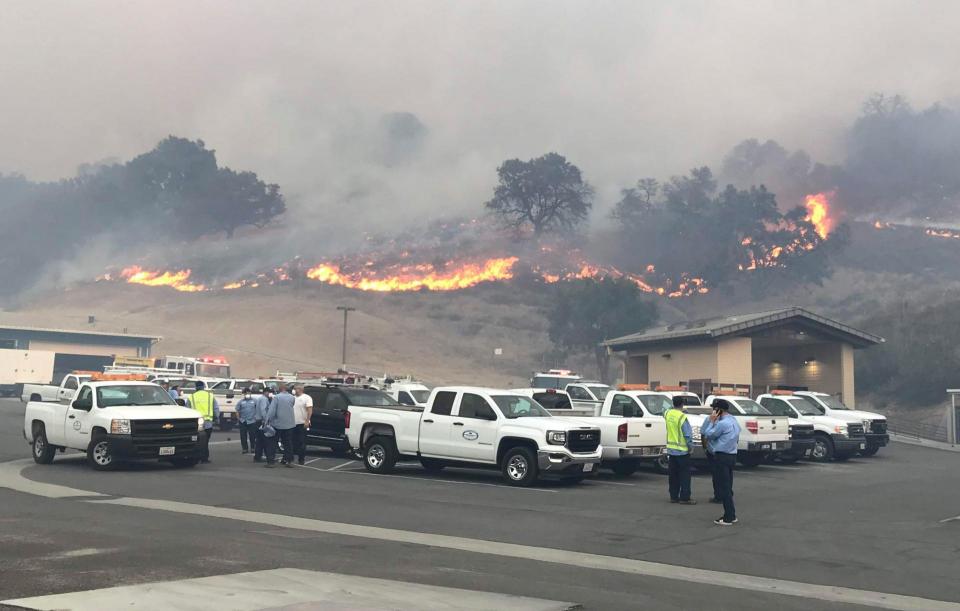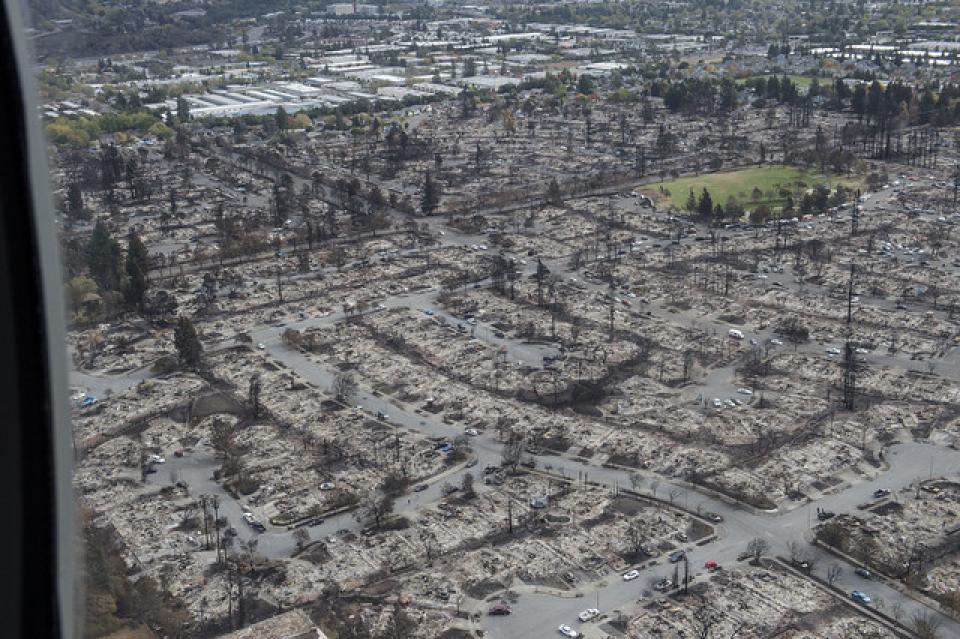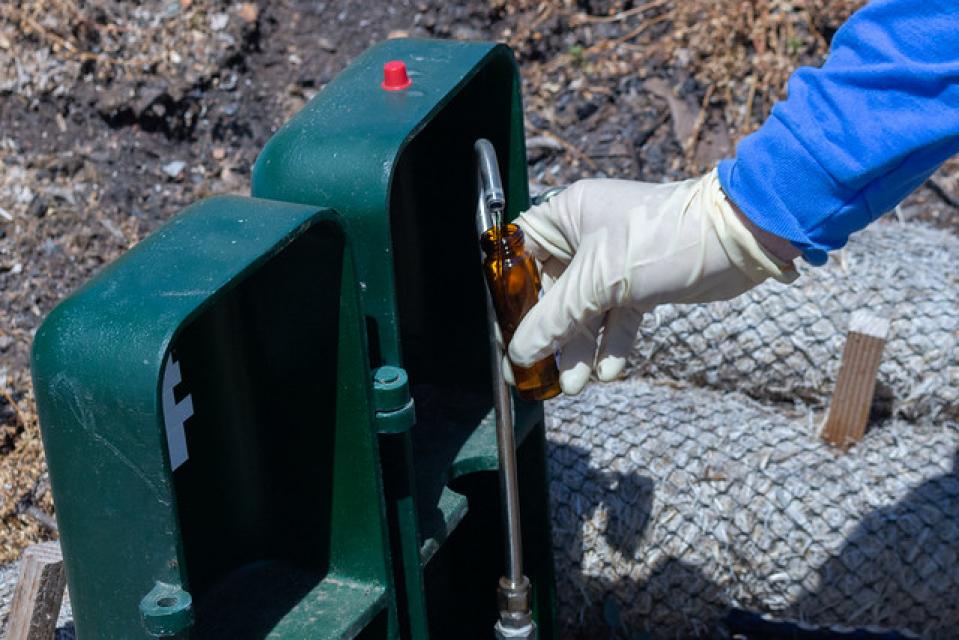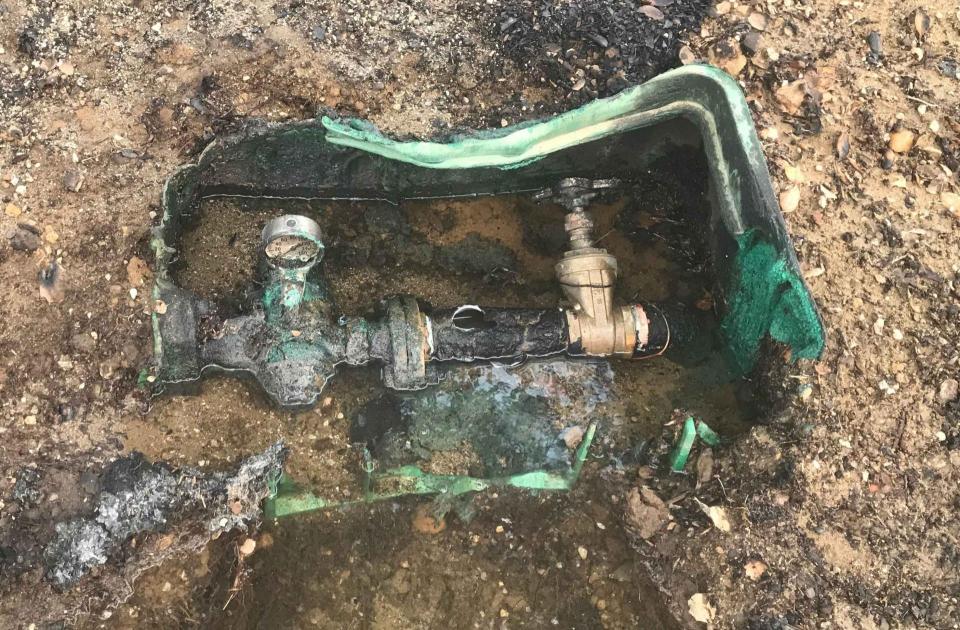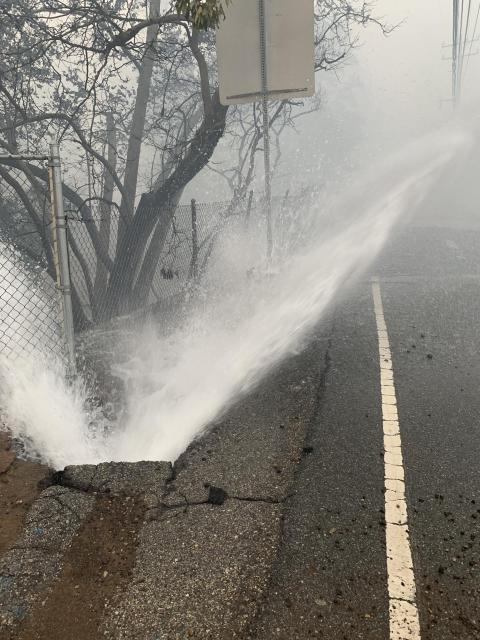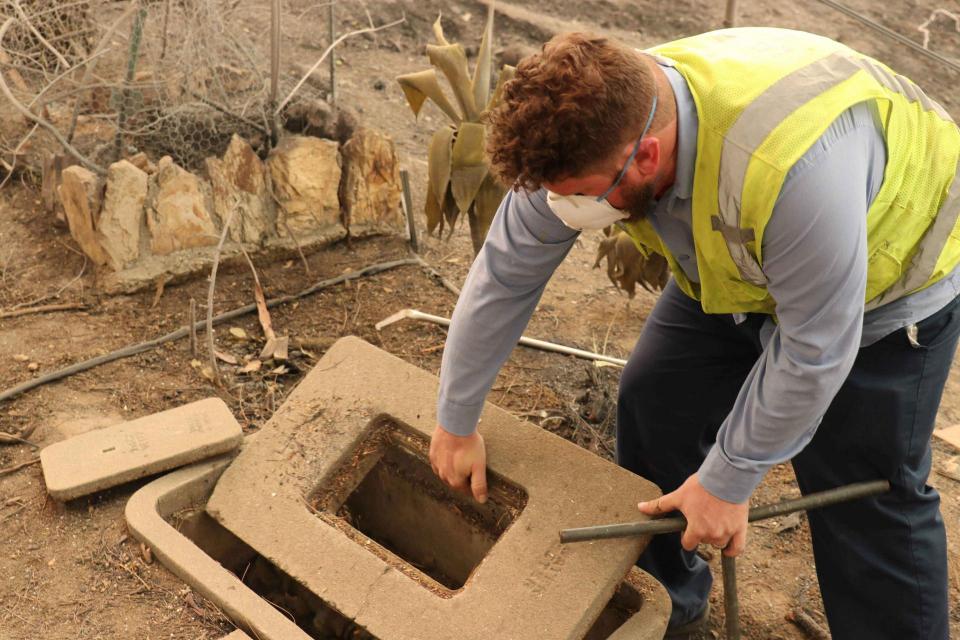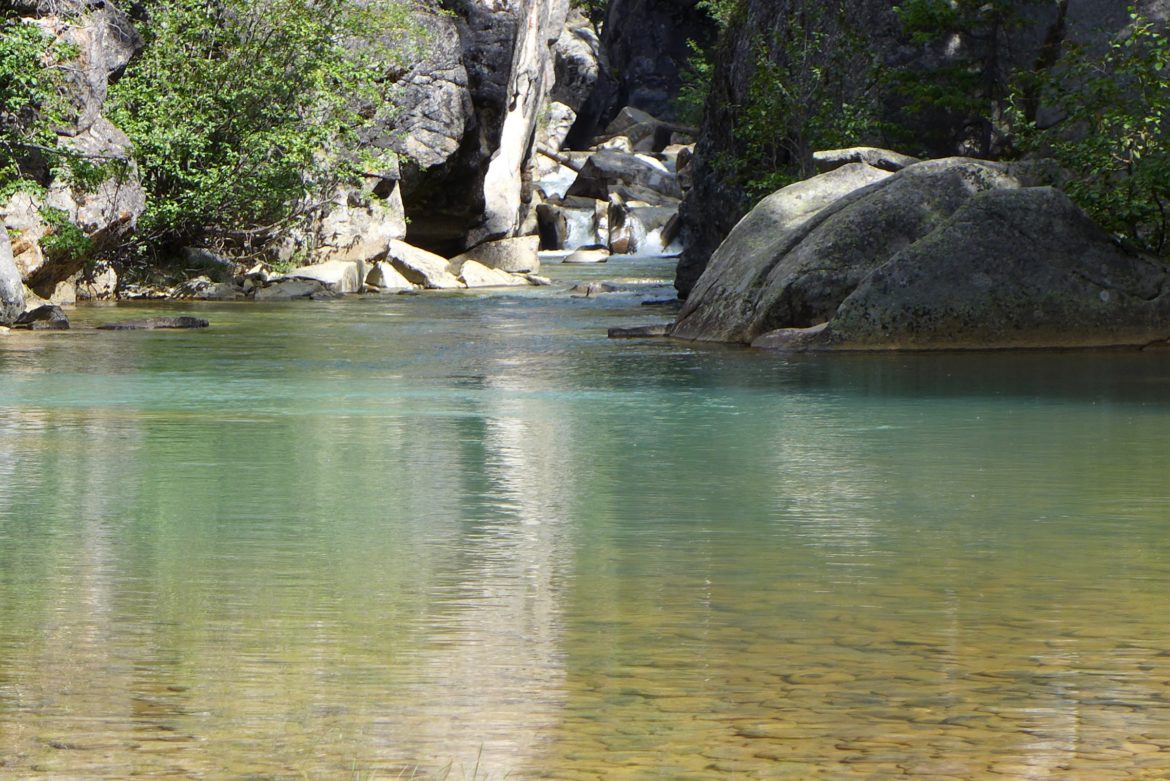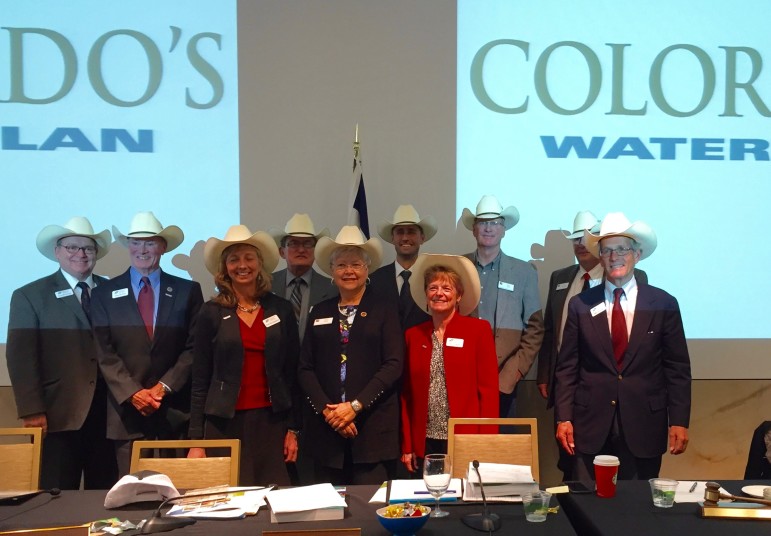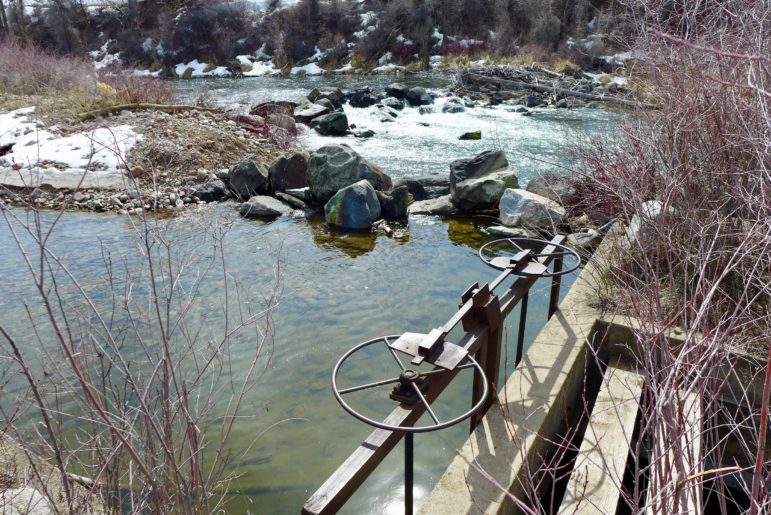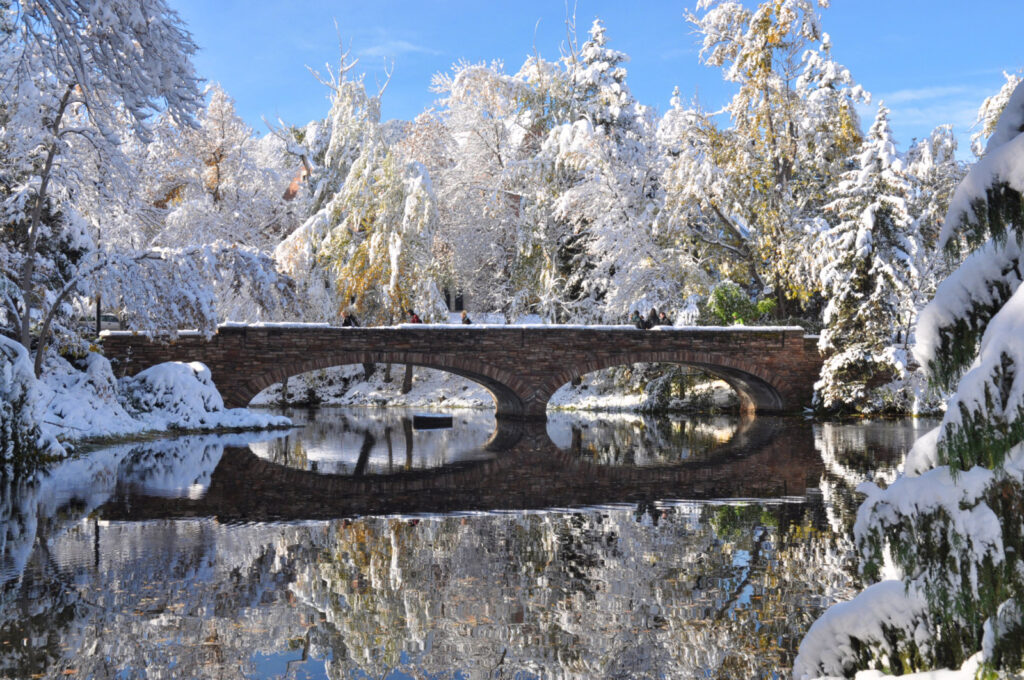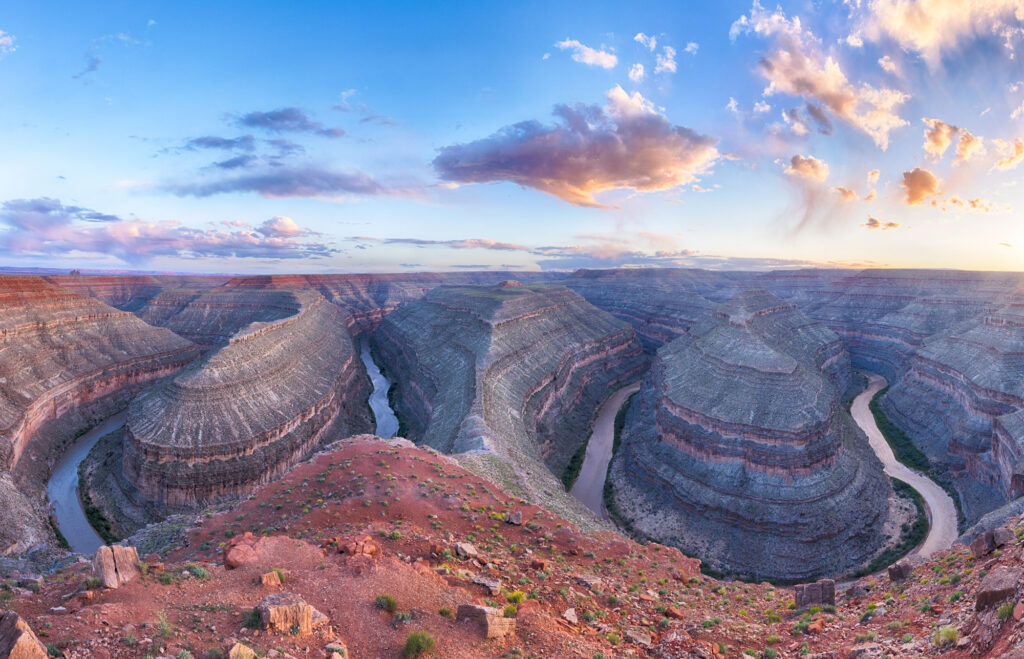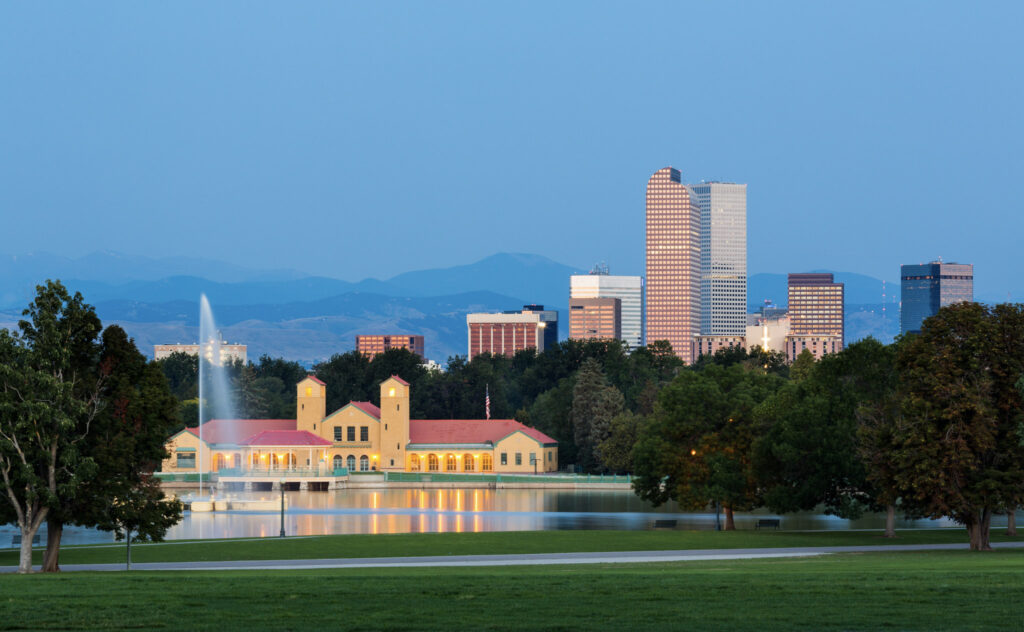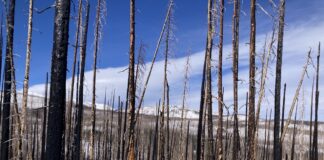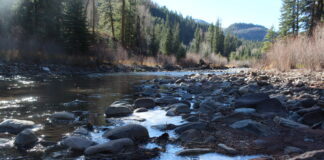The construction of dams on rivers worldwide has stopped the natural flow of sand and silt to the sea—resulting in coastal wetland loss and disappearing beaches—as well as preventing fish from reaching vital spawning grounds. But when the decision is made to remove a dam it can be remarkably challenging. Just ask the people of Ventura, California, who’ve been trying for 20 years—and are not much closer to ditching a dam that supplies no water but packs a lot of downsides—and risk.

Ventura, Calif.—It’s a flawless sunny day in Ventura, California. In the coastal city, north of Los Angeles, surfers bob on boards watching the swells for the ideal wave. If you want a long ride, here at Surfers’ Point, where the Ventura River meets the ocean, is the place you want to be. It’s a classic California point break that creates waves surfers gravitate to up and the down the coast.
It’s a favorite spot for Paul Jenkin, who’s been surfing this break for over 30 years. But today he’s not here waiting for the perfect wave; he’s waiting for a better beach—or at least the beach that used to be here.

Jenkin is the campaign coordinator for the Surfrider Foundation, a nonprofit organization focused on the protection and enhancement of the world’s oceans, waves, and beaches. For 20 years he’s been working to restore the natural supply of sand and gravel to this cobbled beach that’s seen its parking lot and bike path crumble into the ocean. He says one of the concerns at Surfrider is that with sea level rise, recreational beaches are going to disappear. “We’re going to lose our surf spots and lose a place just to put a towel down on the sand.”
Rising sea levels along with coastal development are some of the threats to Surfers’ Point, but the real culprit is some 16 miles away in a mountain canyon far above the city—the Matilija Dam.
Matilija Dam
Matilija Dam was built in 1947, driven by farmers and ranchers in the nearby Ojai Valley, who wanted it for flood control and water supply. Peter Sheydeyi, deputy director of Ventura County Watershed Protection District, the agency that owns the dam, says Matilija originally had 7,000 acre-feet of storage. But over the last 70 years it has completely filled with sediment—some 8 million cubic yards of sand and gravel—enough to fill 800,000 dump trucks—that no longer flows to the beach.

Matilija Dam had bad juju right from the start. The Army Corps of Engineers warned the Ventura County Flood Control District not to build it, saying the surrounding steep landscape of coastal sage scrub and oak woodland was highly erodible and would fill the reservoir with sediment.
Then, during its construction, it was discovered the concrete used in the dam had a condition that would weaken over time. The original structure was 198 feet tall but was notched down in the 1960s and ’70s to 168 feet due to safety concerns. Those safety concerns continue to this day because this is California, where earthquakes are always a possibility. In 2018, Matilija Dam received a “poor” rating for seismic risk in a review by state’s Division of Safety of Dams (DSOD).
Lastly, before Matilija Dam was built, the Southern California steelhead (Oncorhynchus mykiss) would come upriver to spawn. But because the fish can no longer migrate to their historic freshwater habitats to reproduce to maintain or grow their populations, the trout has been listed as endangered. Sheydeyi, who’s managing the Matilija Dam Ecosystem Restoration Project for the county says if the dam were removed it’s believed that a good population of the fish would return to the upstream watershed.
Cut here to empty contents
Given the numerous downsides—impeded fish migration, beach erosion, and seismic risk—not to mention that it provides no water supply—Matilija Dam has been slated for removal, and among the graffiti painted all around the dam is a dashed line with a giant pair of scissors suggesting, “cut here” to empty its contents. The artwork has become iconic in the movement to remove obsolete dams and was featured in the documentary DamNation.
But unleashing sediment that’s accrued for over 70 years is not something you can do without a lot of planning, studies—and money. In 2000, Jenkin formed the Matilija Coalition to bring together the many non-governmental organizations interested in removing the dam, such as CalTrout and Friends of the River, two statewide organizations that were focused on restoring native steelhead. The outdoor retailer Patagonia, which is headquartered along the Ventura River in the city, has been a huge backer of the effort. Also, the Open Rivers Fund (a program of Resources Legacy Fund with support from the William and Flora Hewlett Foundation that aids local community efforts to remove obsolete dams, modernize infrastructure, and restore rivers across the western United States) stepped in to help.
And now—20 years, several studies, and over $20 million later—they might finally have a solution. The current proposal is to drill two 12-foot holes at the base of the dam, and then, during a moderately sized rain event open them up to flush the fine sediments downriver. The county would then—potentially the following summer—dismantle the dam once the pressure load was released. Of the 8 million cubic yards in the reservoir it’s estimated that only 2 million cubic yards would move downstream. The rest would be stabilized in place and be restored with native vegetation that would become a permanent part of the landscape. Sheydeyi hopes that after the dam is gone the area will be a recreational destination with trails, which will allow people “to enjoy the cool waters during the late summer months at Matilija Creek.”
But before the flushing event happens however, improvements downstream would be needed. It’s estimated that the river would rise two to six feet in elevation once the dam is removed, so that will require two new bridges and two new levees—something that will likely take at least a decade and somewhere in the neighborhood of $150 million to complete. Then, they wait for rain, which given California’s recent drought cycles could be a while.
A lesson for other dams

What ultimately happens at Matilija might be a lesson for the hundreds of other California dams, sitting on creeks and streams that drain to the ocean. A study done by Cope M. Willis and Gary B. Griggs at the University of California, Santa Cruz, found that statewide about 25 percent of sand that would have been delivered to the coast is now blocked by dams. In Southern California, where beaches are a huge part of the economy, it’s 50 percent.
All that trapped sediment also means reservoir capacity is shrinking. Toby Minear, a researcher at that Cooperative Institute for Research in Environmental Sciences (CIRES) at the University of Colorado, Boulder, estimated in a 2009 paper that statewide, reservoirs have likely filled with 2.1 billion cubic meters of sediment, decreasing total reservoir capacity by 4.5 percent. About 200 reservoirs have likely lost more than half their initial capacity to sedimentation.

Climate change
As the number of wildfires and extreme storms increase with climate change it will likely cause more sediment to move into reservoirs, further shrinking their capacity. Sediment transport in this fire-flood scenario is accelerated because burnt material is highly erodible and ready to be swept down hillsides with heavy rains. Sheydeyi says the 2017 Thomas Fire caused another influx of sediment and led to the growth bulrushes and grasses growing on the reservoir’s surface.
The lack of sediment moving downriver combined with sea level rise will exacerbate problems already occurring along the coast such as flooding, cliff erosion, and threats to infrastructure. Beaches may seem static—that the sand just stays put—but it’s always in motion due to waves, wind, and tides. Winter waves have high energy that pulls sand offshore, making beaches narrower. In the summer, sand is carried back onto beaches, widening them again.
But this cycle only continues when there is a steady supply of sand. As sea levels rise a deficit of protective sand will expose cliffs and development to further erosion and flooding. Additionally, overbuilt shorelines mean that beaches lack the room to migrate inland to accommodate higher water. It’s in this context that, in 2011, a working group, including Surfrider, city planners, the California Coastal Conservancy, the State Coastal Commission, the Ventura County Fairgrounds, and others completed the first phase of what they call the first “managed shoreline retreat” project in the state of California, where infrastructure is moved back out of harm’s way in lieu of armoring the shore with seawalls and rock revetments.
In phase 1 of the Surfers’ Point Managed Shoreline Retreat a 70- to 100-foot-wide stretch of sand dunes was engineered, underneath which rests an 8-foot-thick layer of imported river cobble. On the surface native plants and driftwood anchor the dunes in place. The project has gained recognition for coastal management in response to climate change, has been featured in numerous case studies, and serves as a model of sustainable shoreline management in the era of rising seas, according to the California Coastal Conservancy.
An epic ride
If the various stakeholders involved in the Matilija Dam removal are able to raise the needed funds, the necessary infrastructure is completed, and a series of drenching storms hit the area—just how much sand would replenish the beach?
Jenkin says the initial assessment was that around 30 percent more sediment would come out of the river during each storm event, but they are currently completing studies to confirm that estimate. The fly in the ointment, he says, is that when the project was built they were predicting perhaps a foot-and-a-half of sea level rise by 2100. Now that could happen within the next decade or so. “Once we get four to five feet of sea level rise the whole California coast is going to dramatically change,” he says, adding that the dunes they’re constructing “are perhaps just buying time.”
Until then, he’s looking forward to a different experience at Surfers’ Point once the dam is removed, noting aerial photos taken back in the 1960s show that after big storm events a large sandbar forms at the river’s mouth. So, he says brightly, “we would anticipate—hopefully—a couple of epic days out here.”
This is the second story in H2O Radio’s series about sedimentation. Listen to the first story: “Damned from the Start—Many U.S. Reservoirs Could Be Rendered Useless—And That Was Part of the Plan”
This story originally appeared on H2ORadio.org and is republished here by permission.
The Water Desk’s mission is to increase the volume, depth and power of journalism connected to Western water issues. We’re an initiative of the Center for Environmental Journalism at the University of Colorado Boulder. The Water Desk launched in April 2019 with support from the Walton Family Foundation. We maintain a strict editorial firewall between our funders and our journalism. The Water Desk is seeking additional funding to build and sustain the initiative. Click here to donate.















